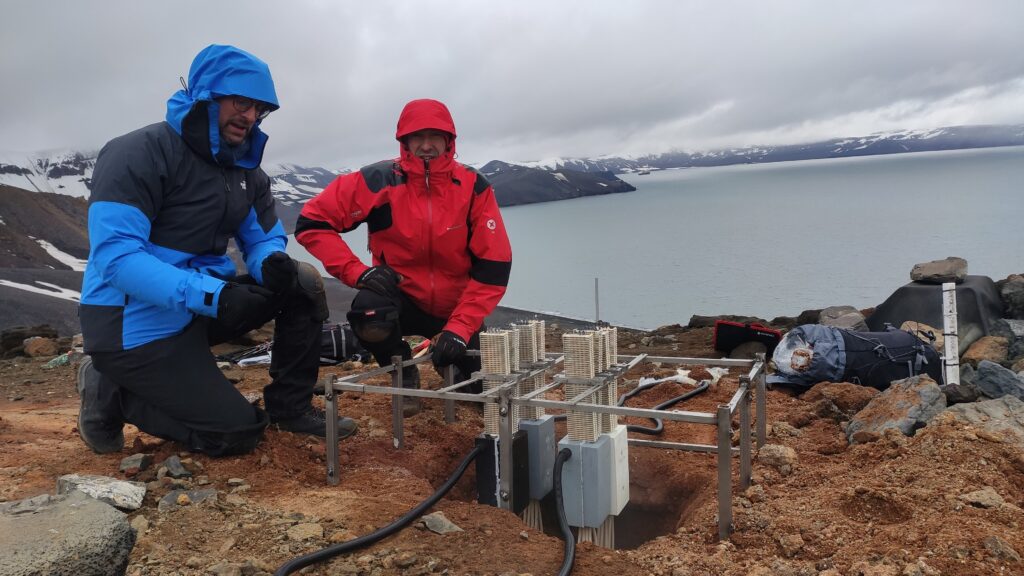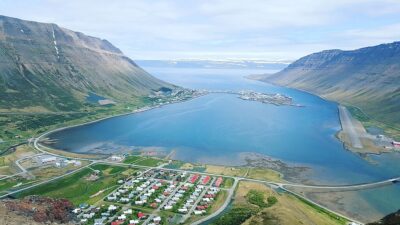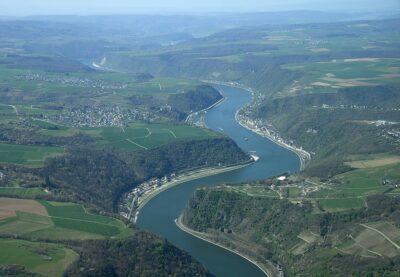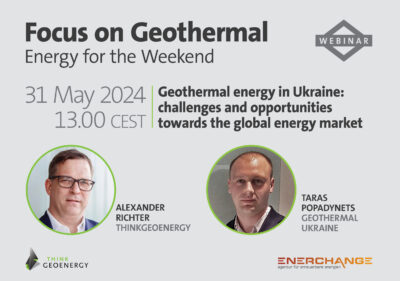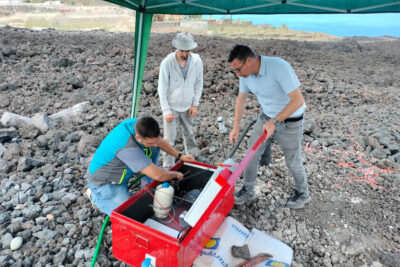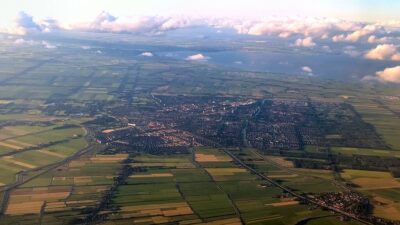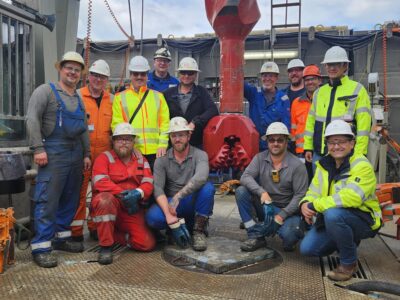UPNA team produces geothermal power in Antarctica with thermoelectric tech
A group of researchers from the Spain's UPNA has deployed thermoelectric generators to produce geothermal power for volcanic monitoring in Antarctica.
A group of researchers from the Smart Cities Institute (ISC) of the Public University of Navarra (UPNA) in Pamplona, Spain has successfully deployed thermoelectric generators to produce power from geothermal heat in Antarctica. This marks the first time that geothermal heat has been used to generate uninterrupted power in Antarctica, which was used to power equipment for real-time geological and volcanic monitoring.
This technology was tested and deployed on the ground by an UPNA expedition on Decepción Island, one of the active volcanoes in Antarctica. The UPNA expedition team is led by Professor David Astrain Ulibarrena and includes Miguel Araiz Vega and Leyre Catalán Ros.
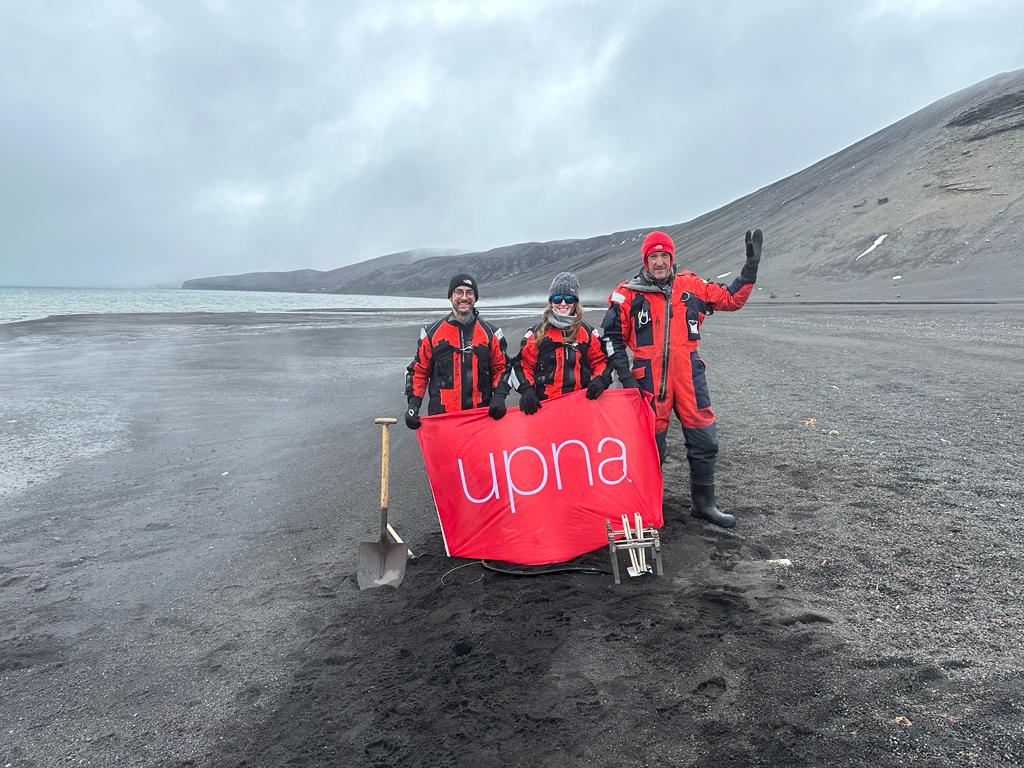
The UPNA research group has used Seebeck effect thermoelectric modules that can create a voltage potential using a temperature difference across a semiconductor. Heat from the Earth warms one side of the module and cold air from Antarctica cools the other. The research team has created this necessary difference with the development of high-efficiency heat exchangers, which are capable of transporting geothermal heat from the ground, at a depth of only 40 centimeters, to the thermoelectric module, with very little temperature loss.
Robust technology for challenging conditions
In the first campaign at the South Pole,the two prototypes of thermoelectric generators have already registered 6 W of electrical power, which is necessary to power the volcanic surveillance and research sensors and make their operation possible throughout the year, including the winter.
Thermoelectric generators are solid-state devices with no moving parts such as pumps or fans. With minimum maintenance needed and a very robust build, thermoelectric generators are perfect for the extreme weather conditions of Antarctica. Furthermore, the technology is modular, so the power produced can be increased simply by installing more thermoelectric modules.
The applicability of thermoelectric generator technology to geothermal energy had already been tested by the group in the Timanfaya National Park and in Mounte Teide in the Canary Islands.
Geothermal heat is also the optimal energy source for power generation in a place like Antarctica where there can be months of continuous darkness and temperatures can drop to below 60 degrees in winter. Securing a continuous and stable power supply is essential in geological and volcanological scientific projects, as well as volcanic monitoring stations, especially in remote places with extreme weather conditions.
The technological advance developed by the UPNA group paves the way for advances in real-time monitoring of some of the stations deployed on Decepción Island, which will improve the geological study and volcanic surveillance of the area. “With the installation of these thermoelectric generators, it will be possible to have geological data in real time throughout the year, including wintering, and in various places on the island. This technology could be extrapolated to many other volcanoes in the world, which will contribute to increasing the security of civil society, by improving remote volcanic surveillance with better and greater anticipation of volcanic eruptions,” said David Astrain.
Source: UPNA
